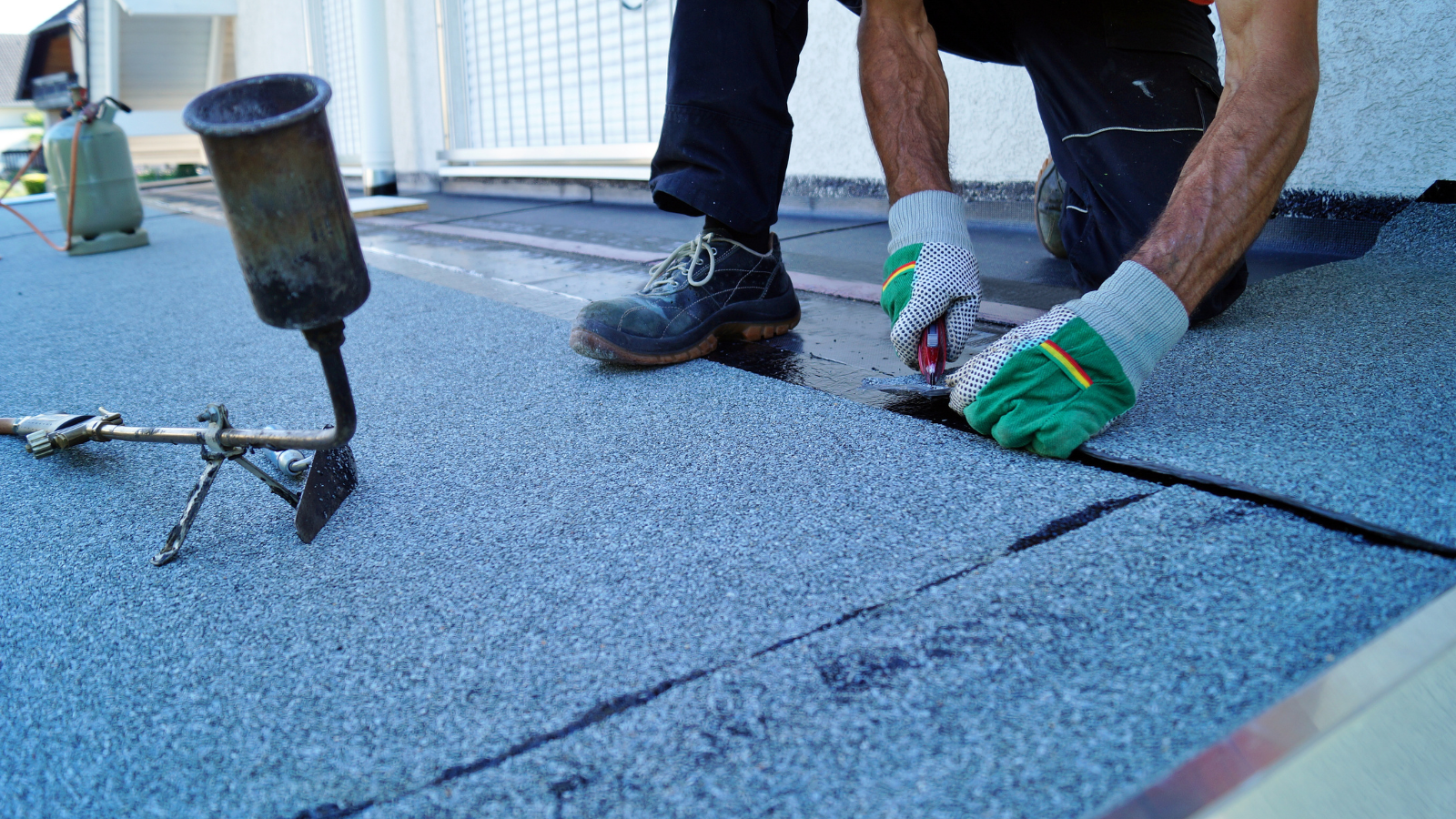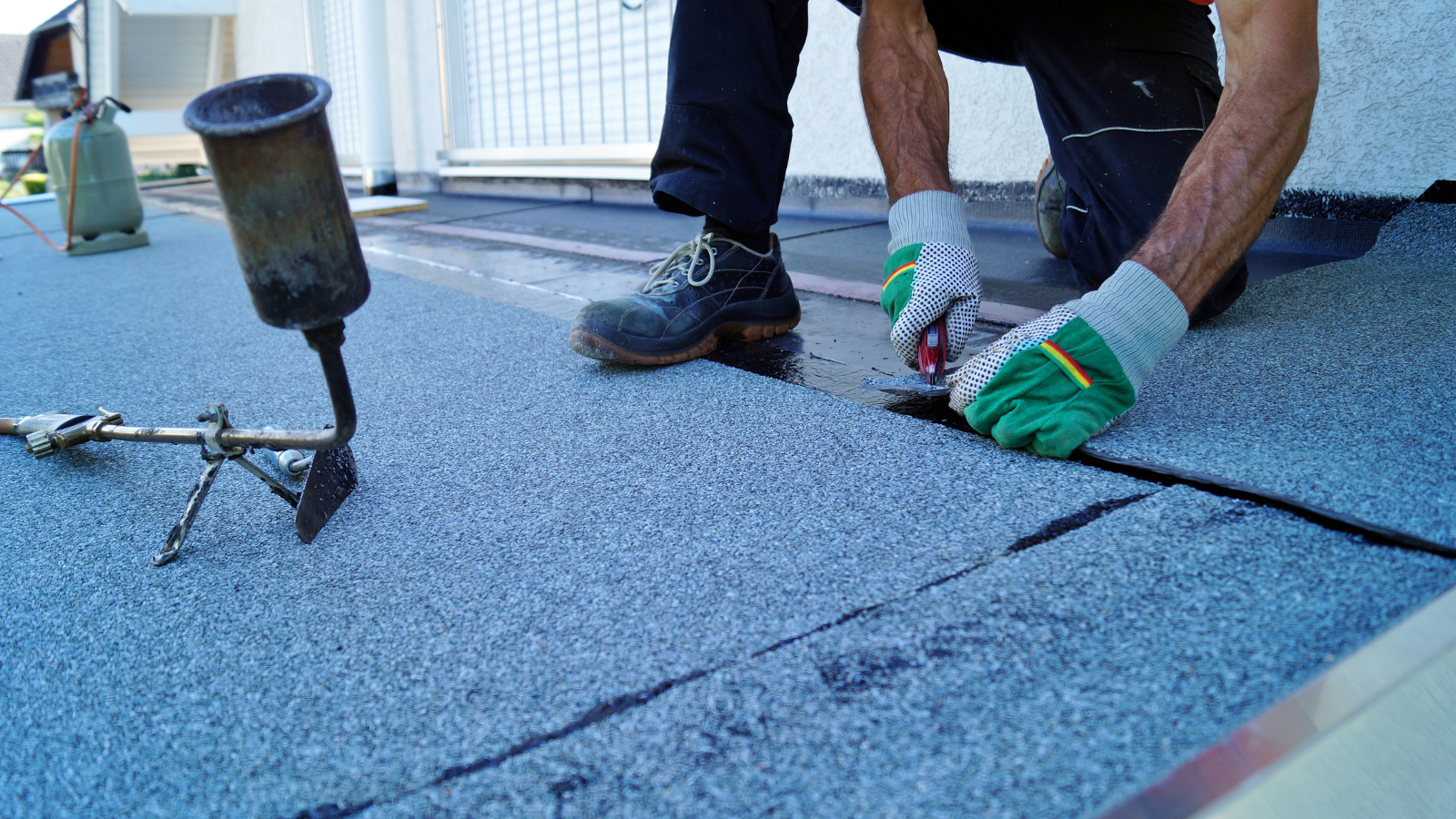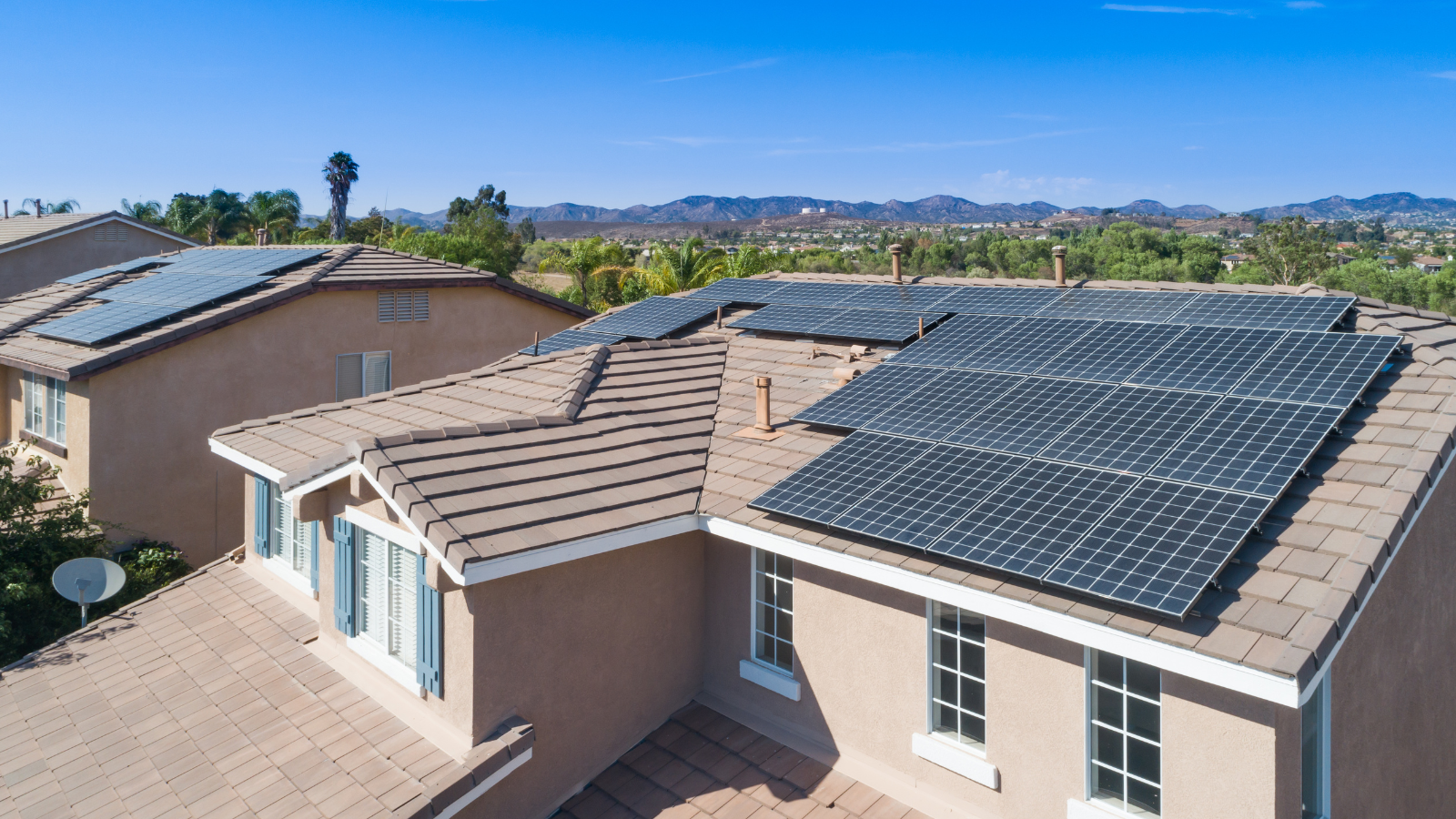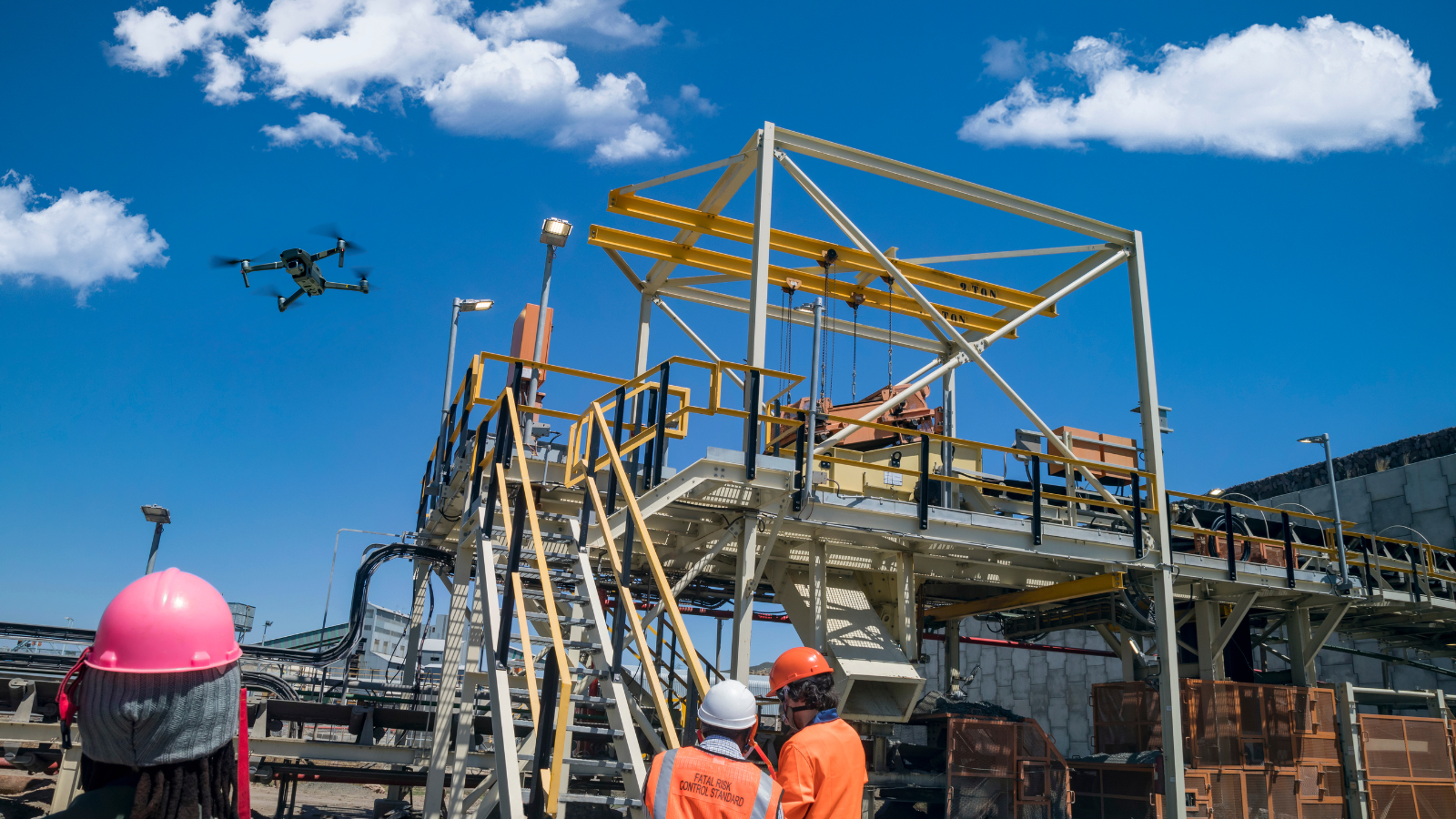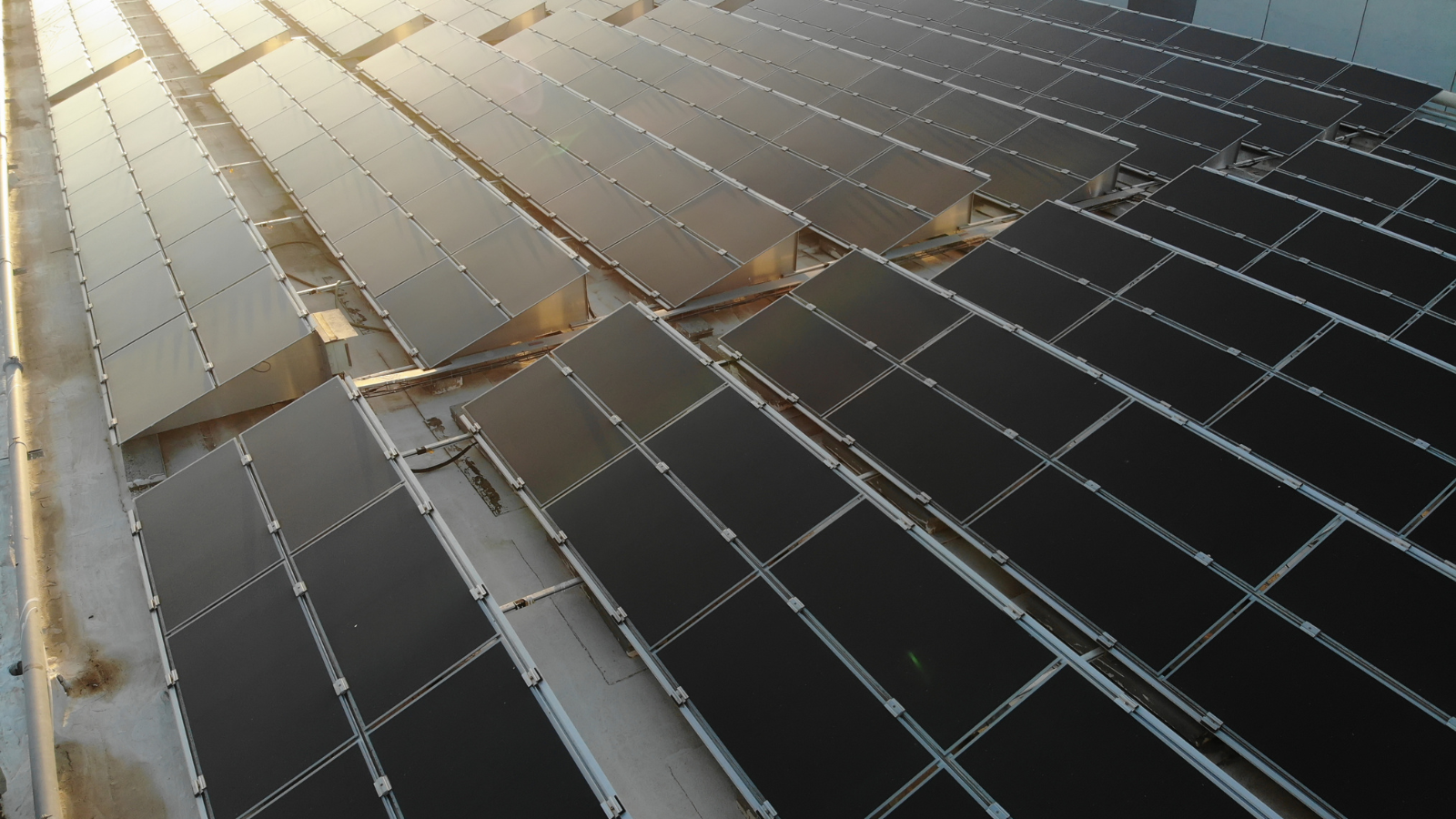Choosing the right roof for your building is a critical decision that impacts aesthetics, functionality, and long-term maintenance. The debate of “Flat Roofs vs. Sloped Roofs” is ongoing, with each style offering unique advantages and considerations. This blog will delve into which roof type might be better for your building, why slanting roofs are popular, the importance of roof slope, and the pros and cons of both flat and sloped roofs.
Visit https://www.waynenjroofing.com/ for more details
Which Is Better, a Flat or a Sloped Roof?
The question of whether a flat or sloped roof is better depends on various factors, including your building’s location, design, purpose, and budget. Both types have their distinct advantages:
- Flat Roofs are often preferred for modern and commercial structures because of its practicality and streamlined look.
- Sloped Roofs, on the other hand, are commonly seen in residential homes and traditional structures, known for their classic look and adequate water drainage.
Why Do People Make Slanting Roofs?
Slanting roofs, or sloped roofs, are designed primarily for adequate water runoff. In areas experiencing a lot of snowfall or rain, a sloped roof prevents water accumulation, reducing the risk of leaks and structural damage. Additionally, sloped roofs offer more attic space, which can be used for storage or additional living space. The aesthetic appeal of sloped roofs also contributes to their popularity, providing a timeless, elegant look to buildings.
Why Is the Slope of a Roof Important?
The slope of a roof, also known as the pitch, plays a crucial role in its performance and durability. Here’s why it’s important:
- Water Drainage: A steeper slope facilitates better water discharge, reducing the possibility of water damage and leaks.
- Snow Shedding: In snowy regions, a sloped roof helps shed snow, preventing excessive weight on the roof structure.
- Ventilation: A properly pitched roof can improve ventilation in the attic, reducing heat buildup and extending the roof’s lifespan.
- Energy Efficiency: The slope can impact insulation and energy efficiency, influencing heating and cooling costs.
Flat Roof vs. Sloped Roof: Pros & Cons of Each
Flat Roof: Pros
- Modern Aesthetics: Flat roofs offer a contemporary look, perfect for modern architectural styles.
- Space Utilization: They provide additional usable space, ideal for rooftop gardens, solar panels, or HVAC systems.
- Cost-Effective: Generally, flat roofs are cheaper to construct due to more straightforward design and fewer materials.
- Easier Access: Maintenance and repairs are more straightforward on flat roofs, with safer and easier access.
Flat Roof: Cons
- Drainage Issues: Water pooling can result from poor drainage. and leaks, requiring frequent maintenance.
- Limited Longevity: Flat roofs may have a shorter lifespan compared to sloped roofs, especially in areas with harsh weather.
- Thermal Performance: Flat roofs can absorb more heat, potentially increasing cooling costs unless adequately insulated.
Sloped Roof: Pros
- Adequate Drainage: The natural slope ensures efficient water discharge, lowering the possibility of water damage and leaks.
- Durability: Sloped roofs tend to have a longer lifespan, especially in regions with heavy precipitation.
- Aesthetic Appeal: They offer a classic, elegant look, enhancing the overall aesthetic of the building.
- Additional Space: The attic space created by sloped roofs can be utilized for storage or living areas.
Sloped Roof: Cons
- Higher Cost: Construction and materials for sloped roofs can be more expensive.
- Complex Design: The design and construction of sloped roofs are more complex, requiring skilled labor.
- Limited Accessibility: Repairs and upkeep might be difficult and potentially dangerous on steeply sloped roofs.
Conclusion
Selecting between a slanted roof and a flat roof requires consider your building’s specific needs, budget, and environmental conditions. Flat roofs offer a modern aesthetic and additional usable space, making them ideal for commercial buildings and contemporary homes. However, they require diligent maintenance to prevent drainage issues. Sloped roofs, with their adequate drainage and classic appeal, are better suited for regions with heavy rainfall or snowfall and offer more excellent durability.
In the end, the decision between a slanted roof and a level roof should be guided by your building’s architectural style, climate considerations, and long-term maintenance goals. By carefully balancing the benefits and drawbacks, you can select the roof type that best meets your needs and enhances the value of your property.

